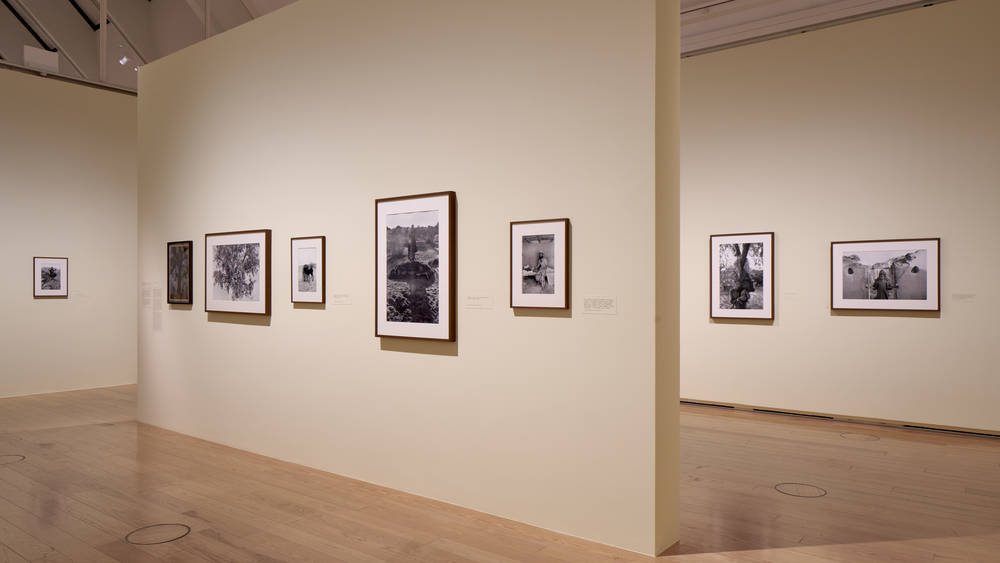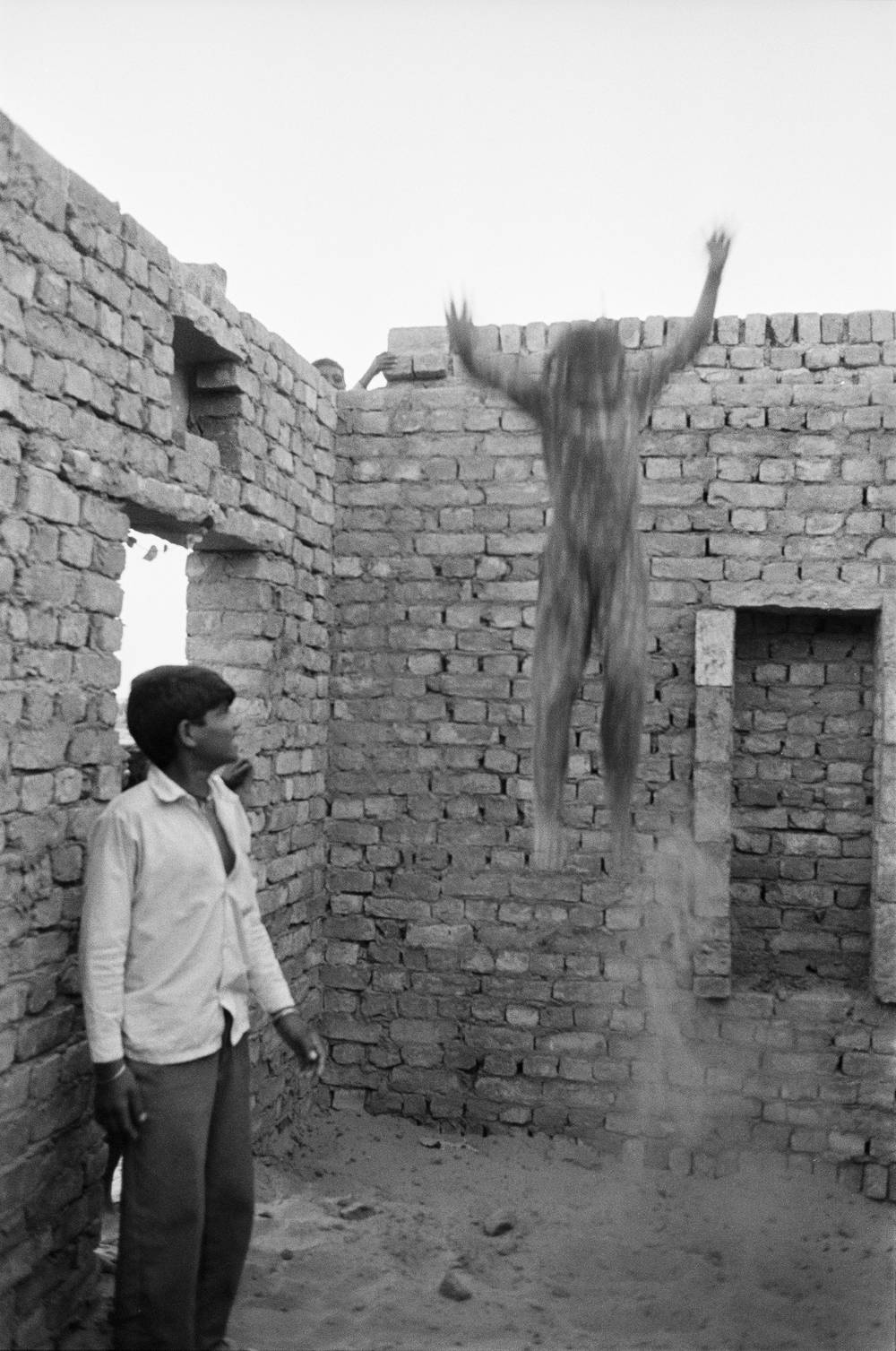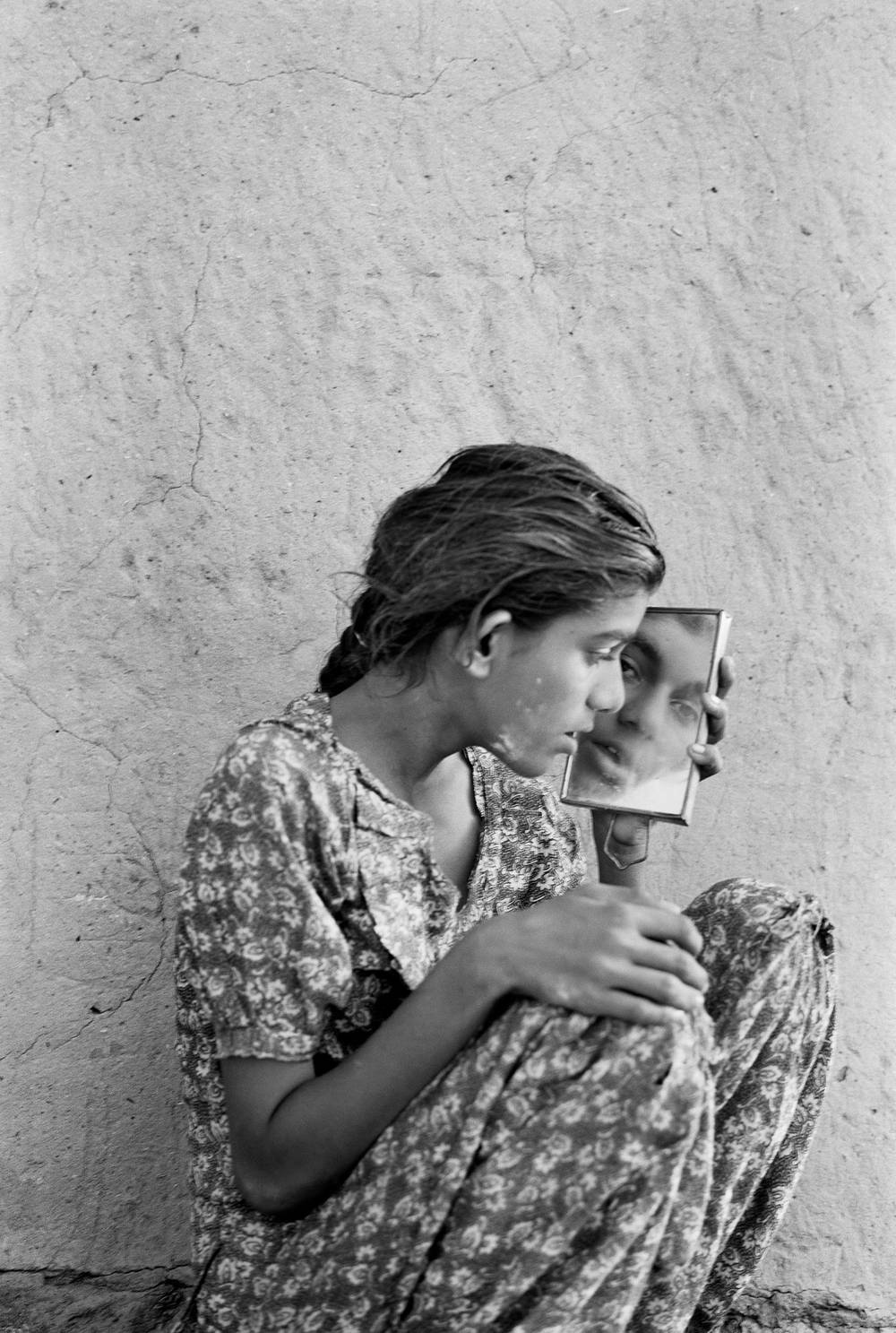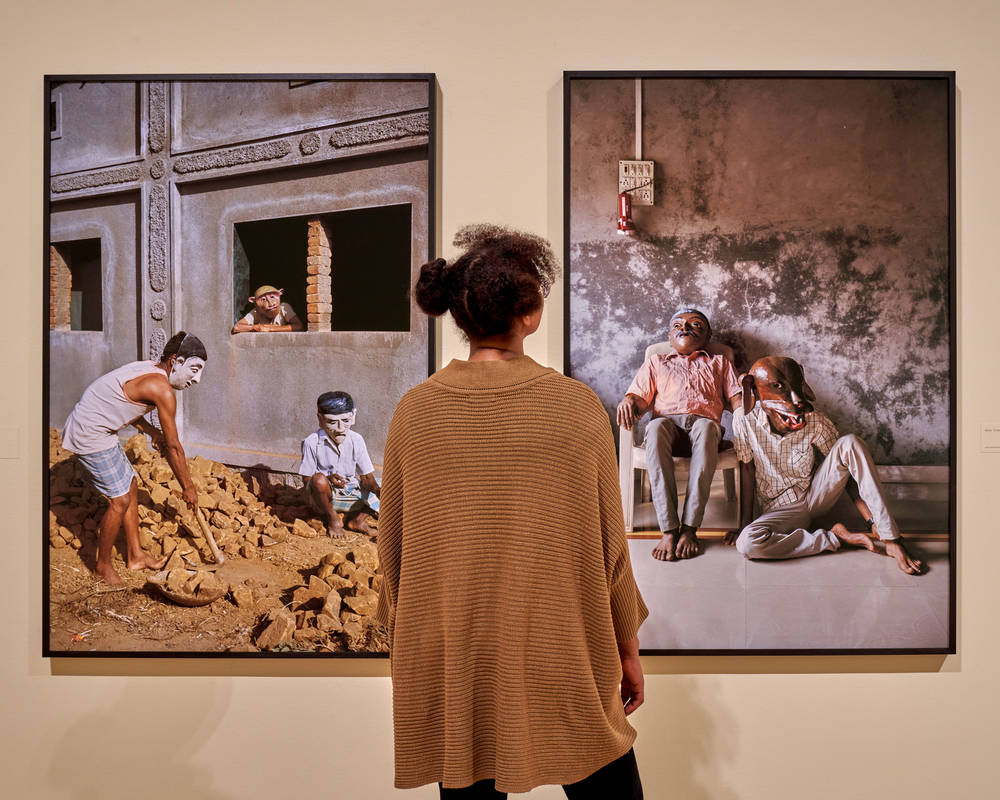In Gauri Gill's "Notes from the Desert" the archival structure with its systems of identification, classification and order is sought in vain. Nevertheless, she describes the series of work as an open archive. So, what makes an archive and thus Gauri Gill's take on it so special?
“Archives are the product of a process which converts a certain number of documents into items judged to be worthy of preserving and keeping in a public place, where they can be consulted according to well-established procedures and regulations,” as we can read in Achille Mbembe’s text “The Power of the Archive and Its Limits” from 2002.
These institutional archives often carry a colonial history yet to be dealt with, which has been the reason for several contemporary artists to create a critical response to the power inherent in such archives. Even though this critique has been ongoing since the beginning of postcolonial theory, the “archive fever” does not seem to see an end yet. Still, many contemporary artists deal with the concept of the archive, engage in archival research, or create their own artistic archives, with different approaches and outcomes but always with an interest in micro or macro histories and their mediation. It has been claimed by archive theorists that this trend led to an over-use of the term ‘archive’ so that it finally lost all meaning.
Archives are the product of a process which converts a certain number of documents into items judged to be worthy of preserving and keeping in a public place, where they can be consulted according to well-established procedures and regulations.
Instead of defending the classical definition of archives, I would like to argue that it is important to investigate how and in which contexts the term gets used by artists, and which forms of critique potentially derive from it.
I therefore take the current exhibition Gauri Gill. Acts of Resistance and Repair at Schirn Kunsthalle Frankfurt as an entry point to ask: What does it mean when an artist like Gauri Gill who is interested in shared authorship and multiperspectivity calls her extensive photographic project “Notes from the Desert” (1999-ongoing) an archive, without wanting to provide any system of classification and without making it entirely accessible to a wider public? What makes the archive –– as a concept, institution, or form –– so attractive for artists like her who clearly do not want to create what is classically understood as an archive with its architectural structure that follows the idea of a storehouse, safeguarding documents according to a set of rules and an ordering system that facilitates identification, classification and interpretation?

An archive without any system of classification
Gauri Gill does not perform the role of a photographer who tries to create a supposedly objective documentary overview of a particular set of people and their surrounding that follows a classification system, as German photographer August Sander did who portrayed different socio-economic ‘types’ of citizens in the Weimar Republic in “People of the 20th Century”, or the British colonial photographers did who aimed at creating an overview of racial and tribal ‘types,’ put together in books that they called “The People of India”. Gauri Gill decidedly does not call her work “People of the Desert” but “Notes from the Desert”, which already sets the tone and makes us think of the essayistic rather than the encyclopaedic form. According to the Cambridge Dictionary, a ‘note’ is an information that you write down while something is happening, in order to remember something.

A plate from John Forbes Watson and John William Kaye's "The People of India", showing members of the Coorg community, 1875, Image via commons.wikimedia.org
Gauri Gill’s work “Notes from the Desert” encompasses thousands of black-and-white photographs that she has created during her time in western Rajasthan. She captured intimate moments in specific people’s lives such as birth, illness, death, friendship, connection and conflict. We see moments of touch: children in a warm embrace while climbing on trees, a woman kneeling on a stony ground while hugging a black goat, a man holding the hand and touching the face of the oldest member of the community on his deathbed. What we see is not an overview of ‘types’. Instead, we get to see protagonists deciding how they want to be captured: making funny faces, jumping out of joy, or covering their face with a dupatta or a mask.

When Gill calls this work an archive, this can be understood as part of a trend of critiquing what has for a long time been understood as an archive. One could say that through her photographic “Notes”, Gill performs the role of a decidedly post-colonial anthropologist, aware of her role as a photographer coming from the capital, venturing out into a rural field of study with an interest in listening, learning, and thereby creating long-term relationships, even friendships. The open-ended artistic work that results from this process is not only shaped by these encounters but is their very outcome. Put differently: The archive that Gill creates is an archive of her encounters.
A feminist objectivity
Gill’s decision to call “Notes from the Desert” an archive can therefore be seen in the light of what several scholars have called sentient archives or affective archives: archives that speak of personal encounters, relations, and affects, with a decidedly partial perspective. According to feminist scholar Donna Haraway, such partial perspective is the only way that objective vision can be achieved. This feminist objectivity is based on a reflection of one’s own location and “situated knowledge,” instead of the disembodied “eye of the master subject” that hides, for example, behind the camera of colonial ethnographic archives.

A curious practice is based on what Haraway calls “thinking-with:” processes of listening and attuning to the other. In Gill’s entire work, this thinking-with finds subtle but at the same time strong visual forms: for “Fields of Sight”, for example, she collaborated with Warli artist Rajesh Chaitya Vangad who painted on top of the photographs that she took of him while he walked her through his village’s surroundings; for “Acts of Appearance”, she collaborated with papier-maché artists Subhas and Bhagvan Dharma Kadu who created colourful masks for the protagonists of the series. In both cases, the faces of the protagonists are hidden from sight, either due to a mask or to their posture.
As in “Notes from the Desert”, the photographs are not the outcome of a single author’s perspective and “well-established rules and regulations,” but they are the result of conversations and collaborations, of listening and getting to know each other. Gill’s archival process is always a collective one - and what we get to see of it in the exhibition is a testimony of her encounters.

Gauri Gill. Acts of Resistance and Repair
13. October 13, 2022 - January 8, 2023









